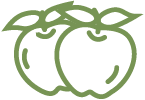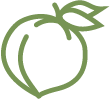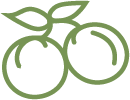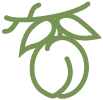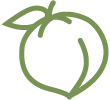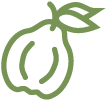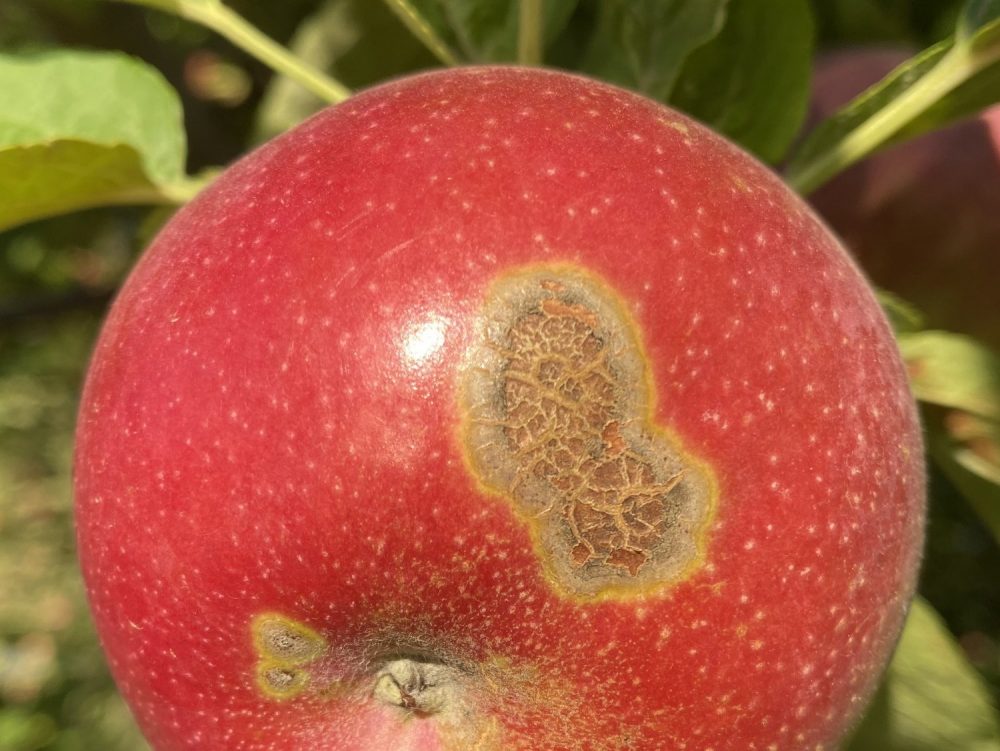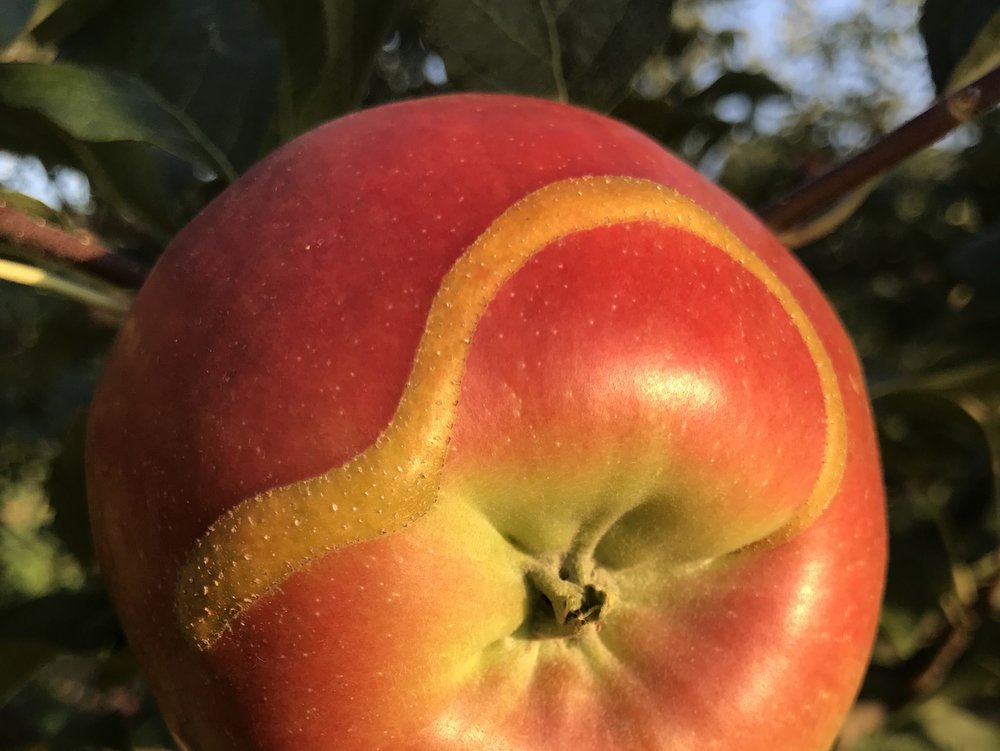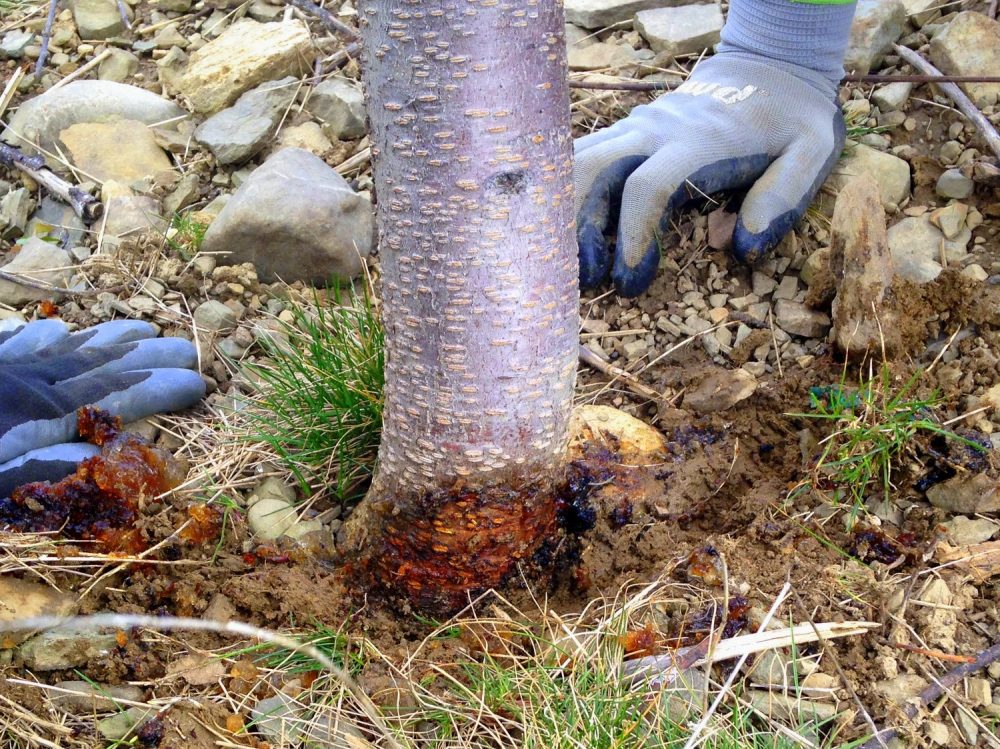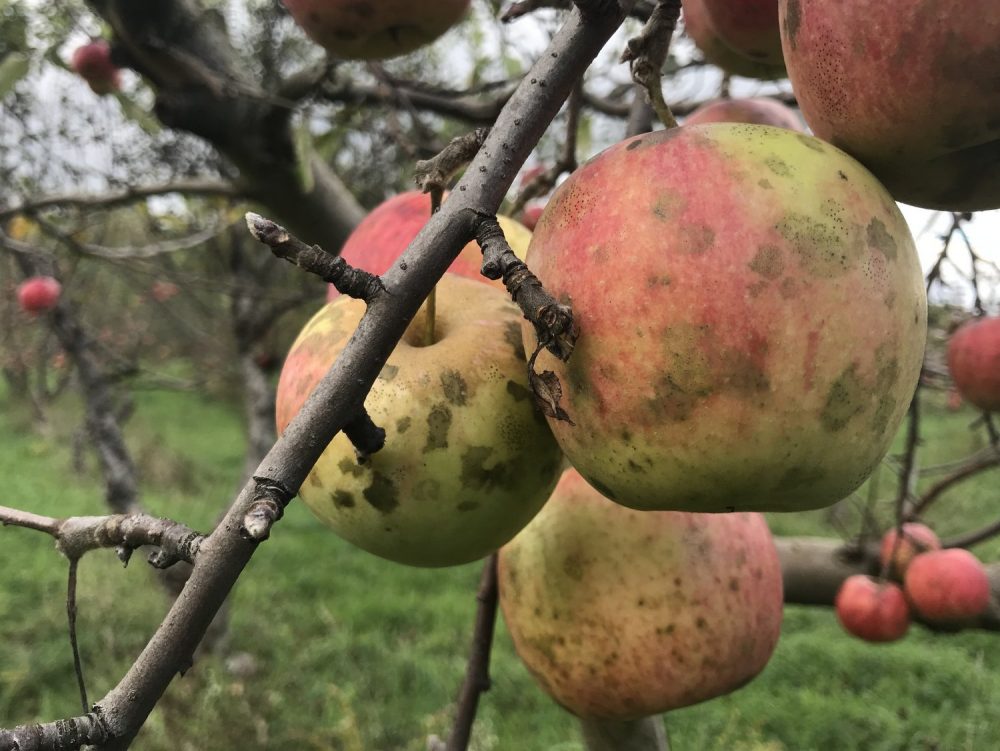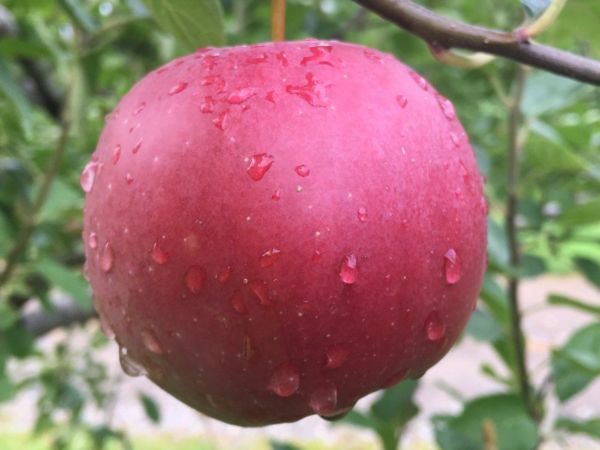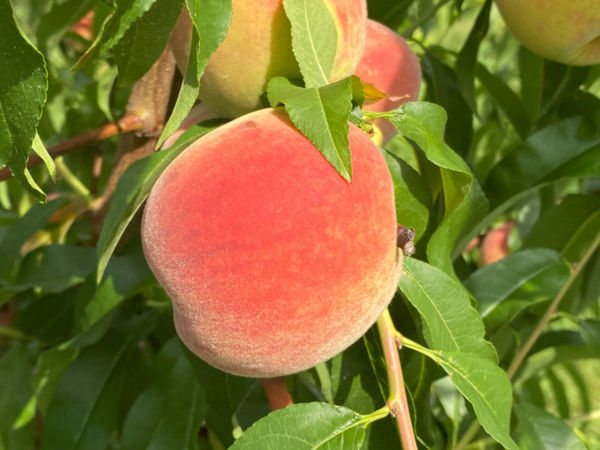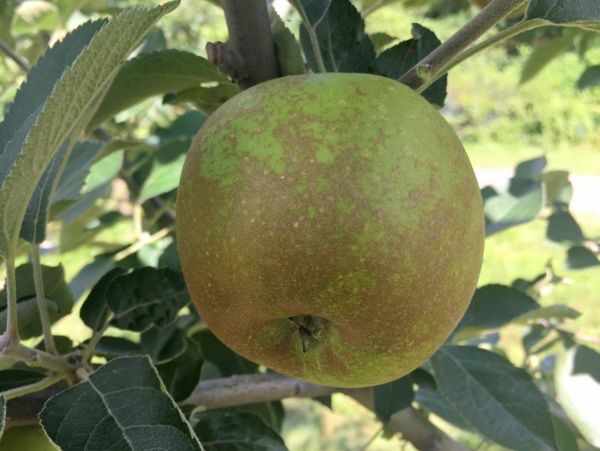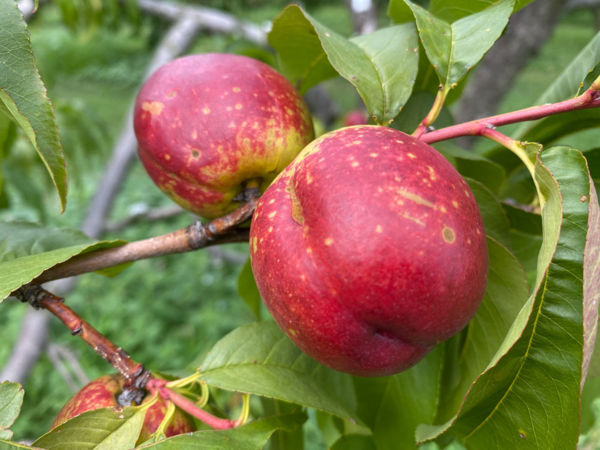An attractive, highly disease-resistant apple, ideal for organic growers.
Fruit Tree Diseases and Insects
The Garden of Eden has come and gone. Bugs are here, and they bring challenges to the orchard. Even growers in early America did not have to contend with many of the insects and diseases that we have in the USA these days, such as fireblight, codling moth, oriental fruit moth, San Jose Scale, and spotted wing drosophila. See Common Diseases and Pests of Fruit Trees.
Different species of fruit tree, and even different varieties within species, have their own particular enemies and ailments, but there are generalizations that can be made about all fruit trees when it comes to diseases and insects. First, although fruit trees seem to have almost magical powers, they will need your help against threats if you hope to enjoy long-lived trees and harvest edible fruit. Second, trees want to be looked at! Inspect your trees regularly, especially during the growing season. Early detection of any disease or pest damage will improve your chances of being able to successfully resolve the issue.
The following pages will provide you with some guidance on recognizing and treating fruit tree diseases and insects. Before you get started, you should also consider approaching other local growers or your nearest university extension. Different growing areas experience pressure from different diseases, and it is always useful to know what challenges your neighbors are dealing with when attempting a diagnosis.
Basic Care and Prevention
Diagnostics
Diseases & Insects: Full Description and Treatments
Featured Products
A few things we're loving right now...
A full-flavored, freestone white peach.
One of America's oldest apples, good for storage, baking, and cider.
A widely-grown, large, yellow-fleshed nectarine.

